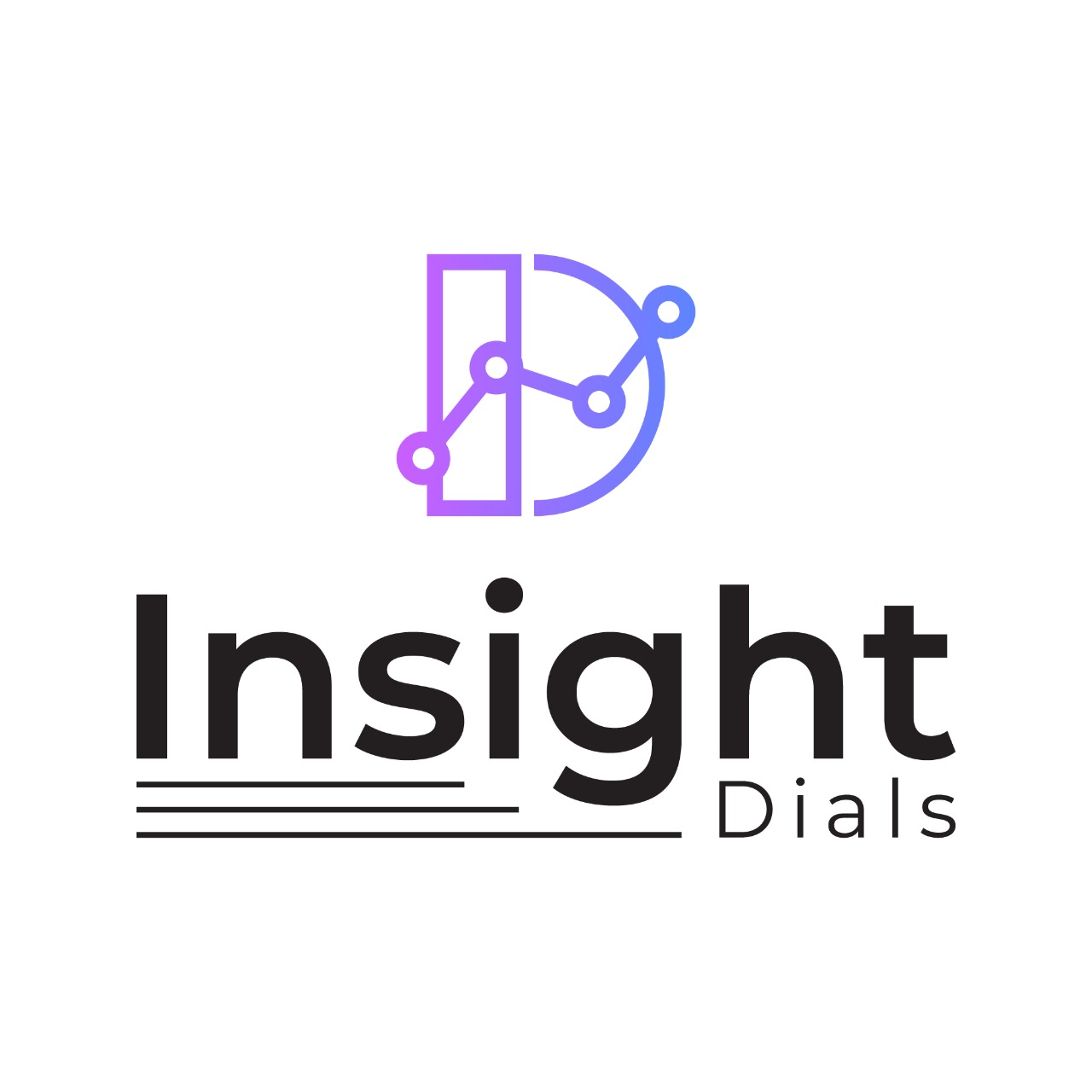
In this era where data is of utmost importance, we have lots of raw data with us. However, are we using this data wisely? There is unlimited potential in data and every data has a story to tell about your business and more. Hence, storytelling with data is very crucial for every business.
Why do we need data Visualization?
The hidden details in data gives you more information on your growth trajectory, business decision, overall KPI, your customer demographics & trends. This will help you to identify new opportunities, take quick business decisions and stay agile.
Businesses that fail to listen to this data are losing a lot of valuable information, that can help them grow their business. Also, if data is not analyzed properly, it can lead to stagnant growth, poorly strategized operations and consistently poor customer experiences; all of which could have been corrected early on with proper data analysis and visualization. All these negatively impact the brand value.
What is Data Storytelling?
Data visualization gives you information which when topped with meaningful insights, the pieces fall in place and the raw data starts telling stories. But, data as such does not give you information. We can form opinions and take decisions, only when it is processed into meaningful information or insights.
Scanning through thousands of rows of data is almost impossible. However, a visual summary of this data will help in the right decisions at the right time. Graphs, charts, images, maps and other visual formats can be used for this visualization.
Any Storytelling with data, will follow the below steps:
- Define the Metrics you would want to measure
- Collect the Data Source
- Analyze and Visualize the data
- Infer meaningful insights from the above analysis
- Establish a predictive analysis, basis the insights
Why is Storytelling with Data Important?
Data storytelling connects the business to the data. This enables users to interpret their data through visual summary via graphs, pivots, charts etc. The increase and decrease in trends, changing customer behaviors, potential gaps in operations leading to fluctuating KPI, workforce optimization basis organization and client trends are all identified at the right time and corrective measures can be taken. This constant tracking of the main operational metrics brings in continuous improvement and no deviations from the optimal growth path.
Since this leads to smarter business moves, higher profits, efficient operations, and delighted customers, we should encourage the data analysis culture to be adopted across all departments in all organizations and everyone should be a data storyteller related to the department or work he handles

